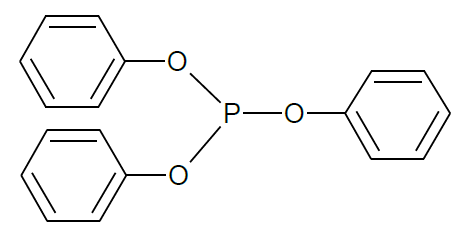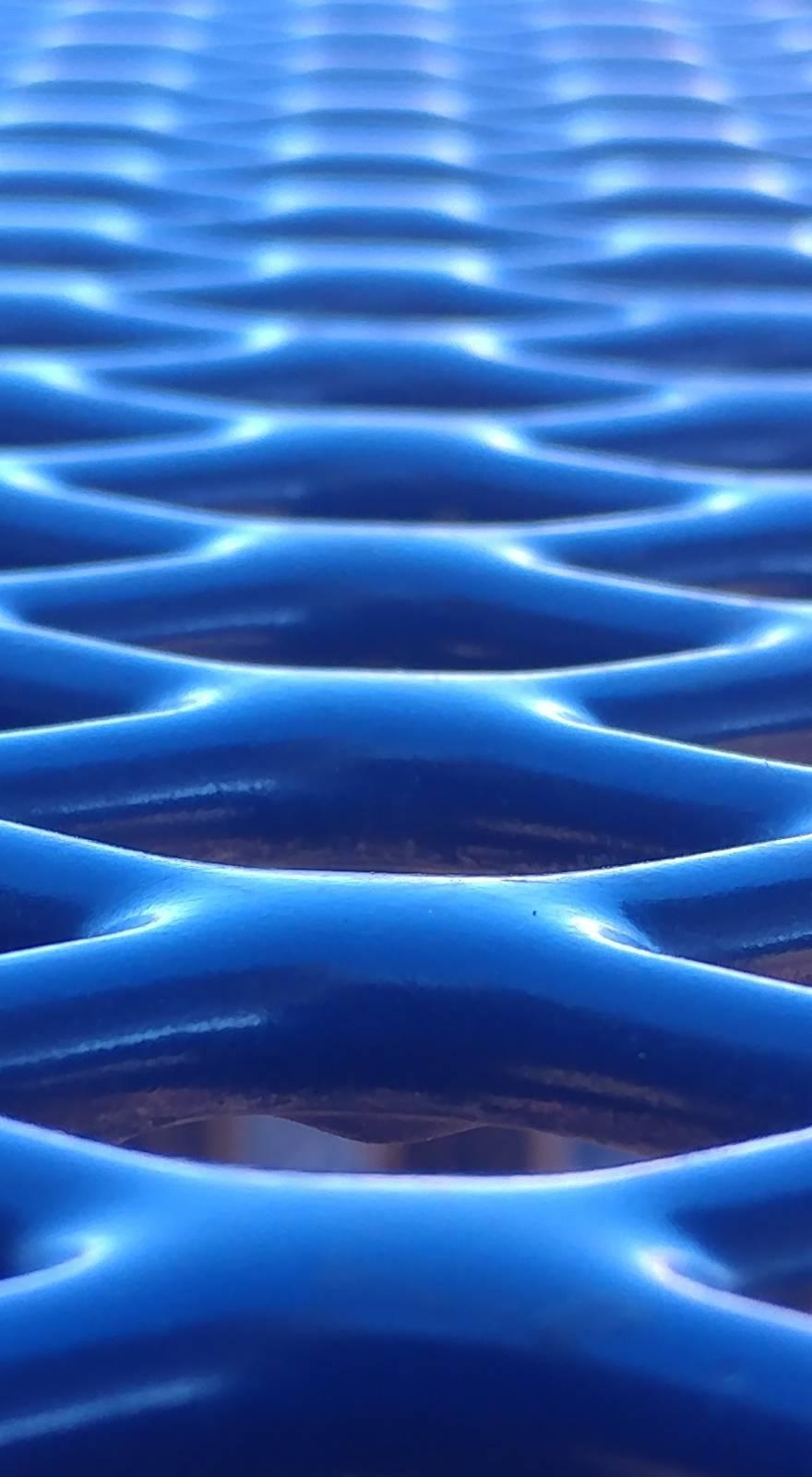Knowde Enhanced TDS
Identification & Functionality
- Chemical Family
- Chemical Name
- Plastics & Elastomers Functions
- CAS No.
- 101-02-0
- EC No.
- 202-908-4
- Technologies
- Product Families
- Chemical Structure

Features & Benefits
- Key Attributes
TPP offers excellent color improvement and heat stability for polyurethane, rubber and resins. In addition, TPP is able to adjust viscosity in polyesters and act as a catalyst adjuvant in polyolefins.
Applications & Uses
- Compatible Polymers & Resins
- Product Applications
Usage of TPP include in several polymer applications which include in coatings, adhesives, epoxies, polyesters, polycarbonates, PVC etc.
Properties
- Color
- Physical Form
- Appearance
- Clear liquid
- Soluble in
- Aprotic organic solvents
- Insoluble in
- Water
- Typical Properties
| Value | Units | Test Method / Conditions | |
| Color (Pt/Co) | max. 50 | APHA | — |
| Specific gravity (at 25°C/15.5°C) | 1.180 - 1.186 | — | — |
| Acid Value | max. 0.2 | mg KOH/g | — |
| Refractive Index (at 25°C) | 1.587 - 1.590 | — | — |
| Phosphorus Content | 10 | % | — |
| Flash Point | 146 | °C | Pensky-Martens Closed Cup |
| Viscosity (at 38°C) | 10.2 | cps | — |
| Density (at 25°C) | 1.18 | g/mL | — |
| Vapor Pressure (at 20°C) | 5 | mm Hg | — |
Packaging & Availability
- Packaging Information
Available in 200 kg drums and 1000 kg IBC.
Storage & Handling
- Shelf Life
- 1 year
- Product Handling
In accordance with good industrial practice, handle with care and avoid unnecessary
personal contact. Use only with adequate ventilation.- Product Storage
This product may be stored in a sealed container for at least 1 year. Containers should be kept tightly closed when not in use and stored in a cool, dry place. Open drums/containers should be used as soon as possible to avoid hydrolysis especially in hot and humid environment.


